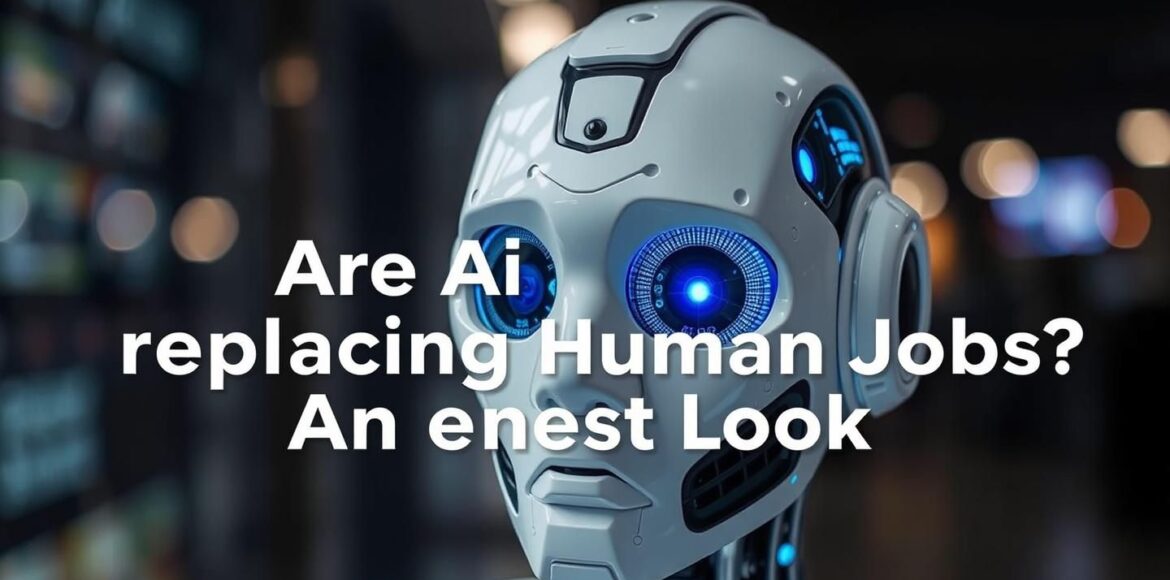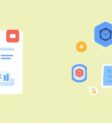
Understanding the Role of AI Agents in the Workforce
The rise of artificial intelligence (AI) agents has sparked considerable debate about their impact on employment. These AI systems, designed to perform tasks traditionally handled by humans, range from chatbots to complex decision-making software. While AI promises increased efficiency and cost savings, a critical question remains: are AI agents truly replacing human jobs, or is their role more nuanced? Exploring this issue requires an honest examination of how AI integrates into various industries and the nature of the jobs affected.
AI agents are overwhelmingly used to automate repetitive and time-consuming tasks, such as data entry, customer service inquiries, and routine analyses. This automation can free human workers to focus on more creative, strategic, or emotionally intelligent tasks. However, in some sectors—like manufacturing, logistics, and certain administrative roles—AI-driven automation has led to job displacement, primarily where tasks can be easily standardized.
Moreover, AI is not only replacing tasks but also creating new opportunities. Roles in AI development, maintenance, and oversight have emerged, requiring a workforce skilled in managing these technologies. This shift highlights a trend where AI agents complement human capabilities rather than simply substituting them, emphasizing collaboration over replacement.
Balancing Job Displacement and Creation: The Human-AI Collaboration
It is essential to look beyond the binary notion of AI replacing jobs and consider the transformation in work dynamics. AI agents excel in processing vast amounts of data quickly, enhancing decision-making and operational efficiency, but they lack the nuanced judgement and empathy humans provide. Consequently, many industries witness a hybrid workforce model where AI handles routine tasks, and humans engage in complex problem-solving and interpersonal communication.
With AI integration, the nature of jobs is evolving rather than vanishing outright. For example, in healthcare, AI can analyze medical images faster than humans, yet doctors are indispensable for diagnosis and patient care. Similarly, AI-powered customer support tools assist agents by providing real-time information, improving service quality and allowing human representatives to address more complex customer needs.
The main challenge is managing the transition for workers displaced by automation. This requires proactive reskilling programs and educational initiatives to equip employees with new competencies aligned with an AI-enhanced workplace. Governments, businesses, and educational institutions must collaborate to prepare the workforce for changing demands, ensuring AI complements human labor without causing widespread unemployment.
Conclusion
AI agents are reshaping the labor landscape by automating specific tasks, leading to some job displacement but also creating new roles and opportunities. The relationship between AI and human jobs is best described as one of augmentation rather than straightforward replacement. By embracing reskilling and fostering human-AI collaboration, society can harness AI’s benefits while mitigating negative employment impacts, paving the way for a more innovative and inclusive future workplace.






